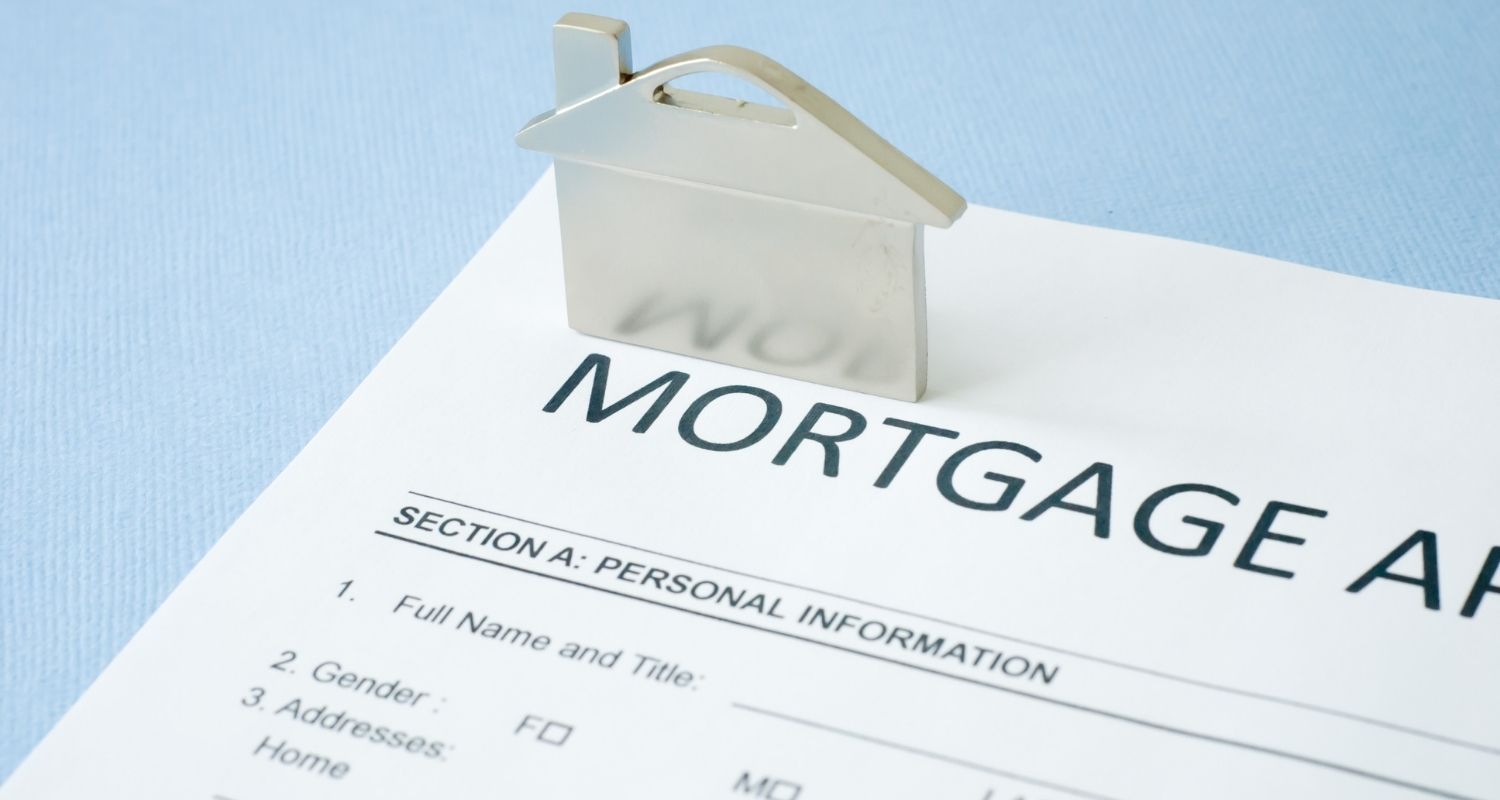Table of Contents
What Is Bridge Financing Mortgage In Manitoba?
When it comes to purchasing a new house, not all real estate stars align. This is especially true in hot markets, where it might be difficult to find a new house or sell an existing one.
The closing dates for your old home and a new one could be weeks or even months apart. This can happen if you move at the same time. Often, bridging finance for a property purchase or a bridge loan for a home purchase is the best way to get the money you need to buy a home.
What Is A Bridge Loan, And How Does Manitoba Bridge Financing Work?
A bridge loan is used when you buy a new home, and it closes before your old home closes. Bridge financing in Manitoba is a short-term loan that lets you put a lot of money down on a new home before you’ve sold your old one.
When purchasing a home, bridge financing is often short-term. Most bridge loans in must be repaid within six to twelve months. A line of credit is not required to make monthly loan payments. A bridge loan must be repaid after the property is sold, which eliminates the need to save money for interest payments while you wait for your house sale to conclude.
Bridging finance rates in Manitoba are often higher than standard mortgage rates due to the nature of the transaction. What are the benefits of a bridge loan? The primary benefit of bridge financing in Manitoba is that it provides more time to sell your existing house. By using a bridge loan to purchase a property, you might avoid having to accept a lesser offer on your previous residence.
What Is A Bridge Loan’s Qualification Criteria?
Bridge loans, like mortgages, have identical qualification requirements. Depending on the financial institution, you may be required to give evidence of income, a mortgage statement, and a credit check. However, if you’re obtaining a bridging loan for a home purchase from the bank that owns the mortgage on your previous residence, the bank should already have all the necessary paperwork.
income, a mortgage statement, and a credit check. However, if you’re obtaining a bridging loan for a home purchase from the bank that owns the mortgage on your previous residence, the bank should already have all the necessary paperwork.
When applying for bridging loans for a home purchase, most lenders will additionally want a copy of the selling agreement for your present residence and the purchase agreement for your new residence. Banks that offer bridging loans on real estate may refuse to grant you money without a purchase agreement in place.
How does a bridging loan operate if there is no selling agreement in place? You may discover that you need to get the loan from a “B” lender or a private lender. In this instance, bridging loan interest rates will be greater than those available via a bank in Canada.
How does a bridging loan function when a substantial loan is required? With the cost of real estate in Canada at an all-time high, many purchasers need very hefty down payments. As a result, bridging funding for property acquisitions is often substantial: banks would typically approve bigger bridge loans to acquire a home on a case-by-case basis.
The lender will often not file a lien on the property for smaller bridge loans used to finance a house purchase. However, when bridge financing is used to acquire a house in the hundreds of thousands of dollars, the lender may place a lien on the property (which will bring added legal costs).
How to Calculate Bridging Finance When Purchasing a Home
What is the purpose of a bridge loan calculator? It may determine the maximum amount of money you should be allowed to borrow for a bridge loan. When searching for bridging funding to purchase real estate, the majority of bridge loan calculators need the following information:
- Home sale price
- Realtor’s commission
- Outstanding mortgage balance
- Mortgage penalty (if applicable)
- Legal fees
The bridge loan calculator will then calculate the usual loan amount available for a bridge loan.
< Previous | Home | Next >

